This Is Why Every Parent Should Fully Vaccinate Their Children
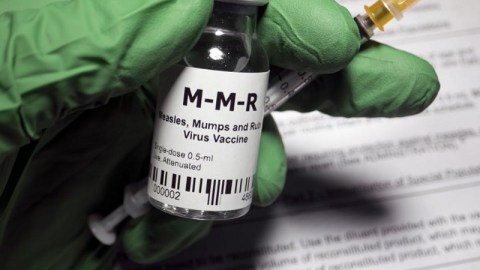
Nothing is 100% safe or 100% effective, but vaccine-hesitancy is even worse.
It’s one of the most important decisions you’ll ever make in your life: do I vaccinate my child, and do I do it according to the CDC’s recommended timetable? There’s a lot of information out there from groups that both encourage and discourage vaccination. While some of what’s out there is downright false, it truly is a complex issue.
On one hand, vaccines are truly a marvelous defense against a wide variety of infectious diseases. Afflictions that would sicken, injure, blind, paralyze, or even kill millions of children a year worldwide could be — and in some cases, have been — effectively eradicated in humans. On the other hand, no vaccine can be 100% safe or effective, and many parents have nightmare stories about what happened to their child almost immediately after having a vaccine administered. This is what every parent should know.
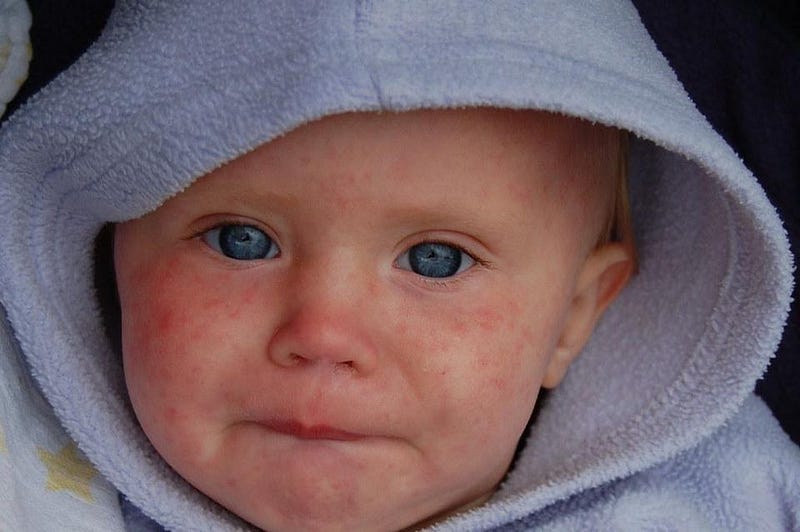
The world is a dangerous place, and it makes sense to want to do everything you can to protect your loved ones from any potential harm that may come to them. Similarly, we cannot simply make the decisions that are in our own self-interest, or our society will fall apart. It cannot solely be about you. When it comes to vaccinating your kids, these two opposing fears collide, and it can be difficult to know what the right thing to do is.
There are a few people who cannot be vaccinated for medical reasons: they may have allergies to vaccine ingredients; they may have compromised immune systems; they may be too young or ill. We know we cannot leave this population behind, either. In the battle against preventable illness and disease, we have to do our best to protect everyone.

Infectious diseases rarely go away altogether, as there’s no reliable biological way to drive every cell carrying such a disease to extinction. But vaccines offer the next best possibility: to drive the number of cases of that disease in humans to zero, effectively eradicating it.
In the absence of any type of immunity, a contagious, infectious illness will pass from person-to-person with a high probability. If the symptoms of the disease are life-threatening in any way, there will be a massive loss of life accompanying the spread of this disease. Even for diseases with tame reputations — such as the measles, whooping cough, or chickenpox — they have historically resulted in anywhere from scores to thousands of deaths per year. Yes, even chickenpox used to kill around 100 people per year before the vaccine came out.

But vaccines can change all of that. They are the number one tool in humanity’s arsenal in the war against preventable disease. If the immunity rate against a disease is greater than 95%, science has shown that a single infected person is unlikely to spread that disease to many others. Outbreaks can be suppressed or even eliminated, but only if 95% or more of the population is immune to it.
This is why it’s so vital to have the vaccination rate for every vaccine-preventable disease be as high as possible. At 97% or 99%, those who cannot be vaccinated are almost guaranteed to not be infected; every vaccine not only protects the vaccinated, but the unvaccinated too. But at rates of 91%, 85%, or 76% (as was the case in Clark County, WA), outbreaks will certainly occur.

The population who suffers most are typically those who cannot defend themselves. Individuals with compromised immune systems, vaccinated individuals whose protection has worn off (which happens at random, and can be partially countered by booster shots), and infants who are too young to be vaccinated are the highest-risk groups.
Whooping cough, a disease once on the brink of eradication, is infecting tens of thousands annually. The worst injuries include brain inflammation (leading to permanent damage) and fatalities, largely among infants who are too young to receive the vaccination. If you have a newborn in your house and you allow unvaccinated individuals to come near your baby, you are literally risking its life. Numerous children under the age of 1 die every year because they caught a vaccine-preventable disease from an unvaccinated sibling or a sibling’s friend.
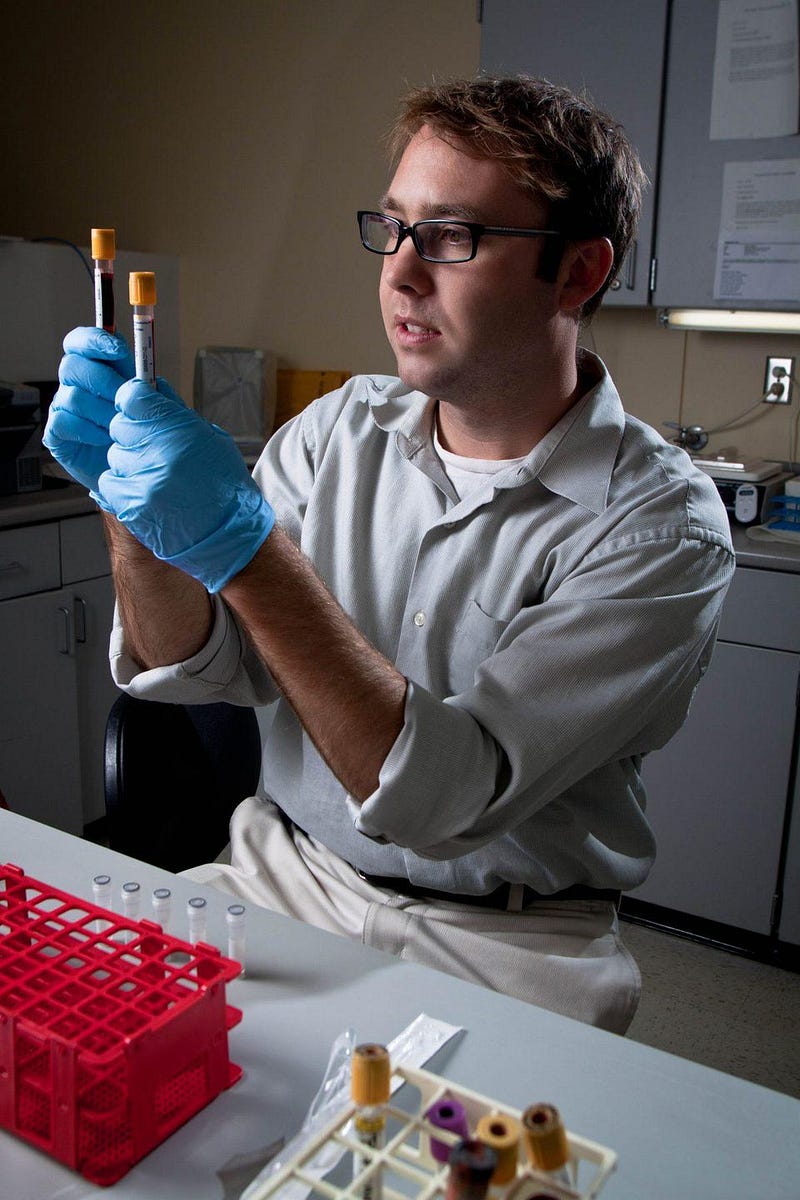
But there’s a dark truth that we must not ignore. For all the benefits of vaccines, they are not 100% effective, and they cannot be proven 100% safe. Even if we do our best for ourselves and for our society — and make those optimal decisions — there will still be tragedies.
Some individuals will vaccinate their child, and will observe something horrifying within minutes, hours, or days.
- They might develop a rash at the injection site, possibly accompanied by crying, fever, nausea, and vomiting.
- They might begin manifesting the symptoms of autism, including lessened eye contact, no demonstrated interest in toys, unresponsiveness to sounds, voices, or their own name, or even the loss of previously-acquired skills.
- Or, most horrifically, they might get very ill, experience seizures and/or convulsions, and potentially even die.
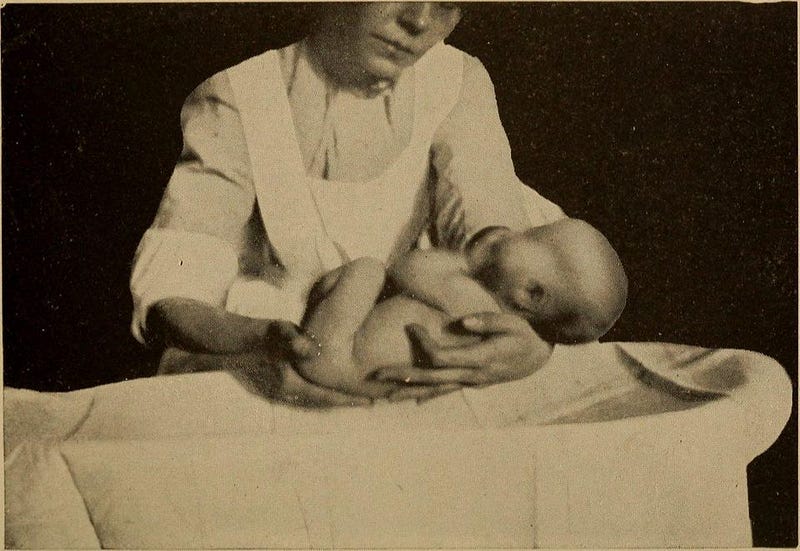
I have nothing but compassion for the parents who watch their children go through something like this. It has to be horrifying, perhaps just as horrifying as when my little brother — when he was under a year old — spontaneously ran a temperature of 106 °F. He went into convulsions, and his eyes rolled back in his head. After being rushed to the hospital, we got the good news: he would live, and appeared unharmed. We got lucky.
But this didn’t occur minutes, hours, or even days after getting a vaccine. It just happened one day out of the blue, without any seeming cause at all. If it had occurred shortly after the administration of a vaccine, however, what would our family have concluded? Would there be anything you could say to us that would convince us this had nothing to do with the vaccine?
Probably not.
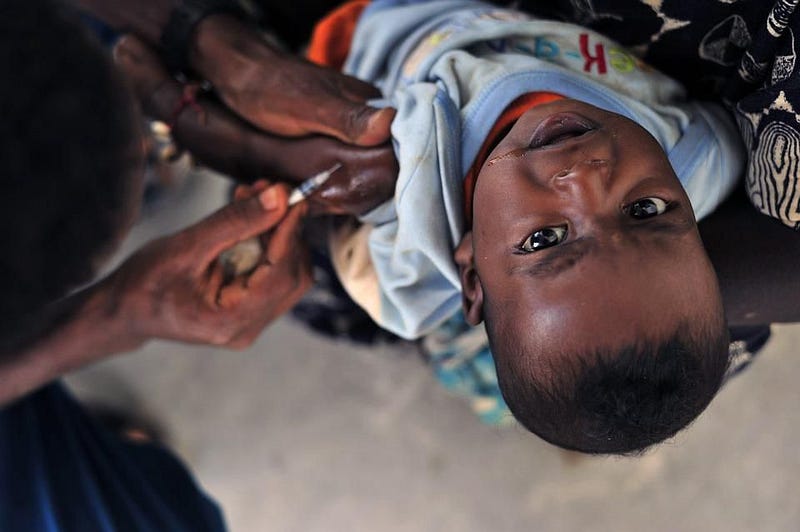
But that’s why we have science. What we can do, scientifically, is to examine a hypothesis the best way we know how: to investigate it and attempt to disprove it. We may not be able to look at an individual case and know whether it was caused by a vaccine or not, but we can look at the general population of vaccinated and unvaccinated individuals — or at the vaccine schedule versus when injuries, illnesses, or symptoms occur — and draw conclusions from that.
When we do, we certainly have no shortage of negative effects that occur coincident with vaccinations. Injection site inflammation accompanied by fever and vomiting, post-vaccination, is relatively common. This is considered one of the main side-effects of vaccination.
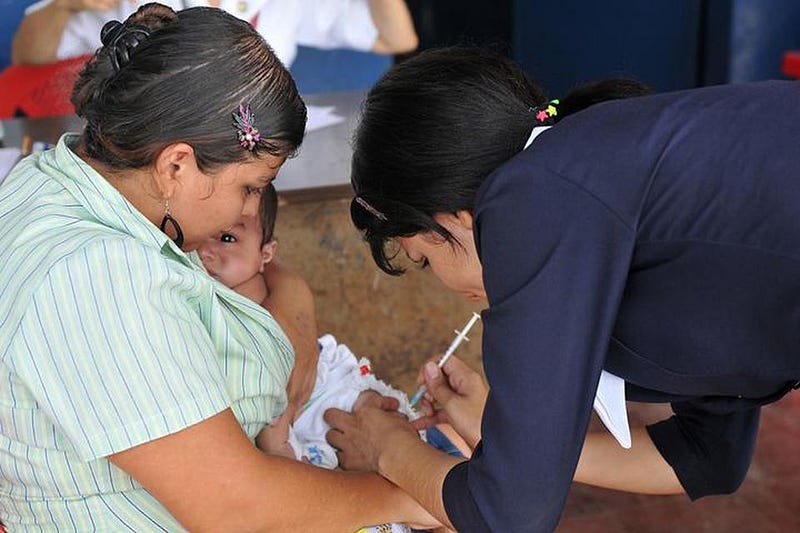
Many vaccines are coincident in time with when autism first manifests. However, the largest study ever of autism rates in vaccinated versus unvaccinated individuals (with respect to the MMR vaccine) showed that unvaccinated individuals were 7% more likely to develop autism than their vaccinated counterparts. This doesn’t mean that not vaccinating causes autism; these results are consistent with autism rates being unaffected by vaccinations.
Finally, some children die after receiving vaccinations. And some children die before receiving them, or independent of receiving them. The most robust analysis ever performed on those populations has shown that there are a few legitimate risks associated with vaccines. In particular,
Serious adverse reactions are uncommon and deaths caused by vaccines are very rare. Healthcare providers can take specific actions to help prevent adverse reactions, including proper screening for contraindications and precautions and observing a 15-minute waiting period after vaccinating to prevent fall-related injuries from syncope.
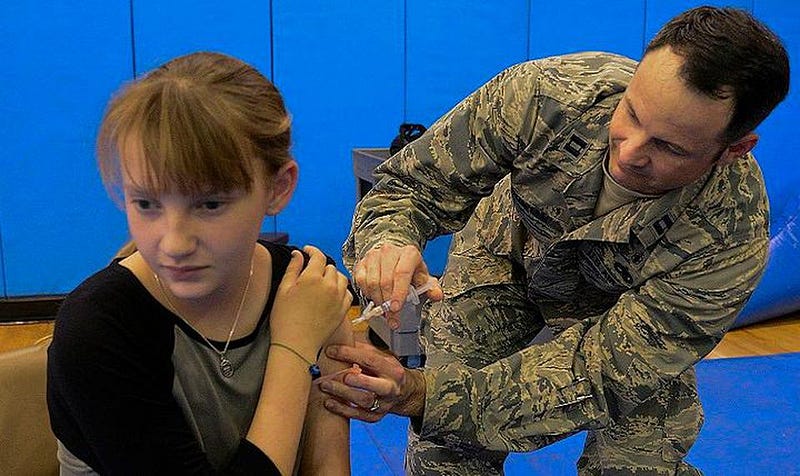
But, at the same time, if you are a parent whose child received a vaccination and then got very ill, even if the science doesn’t support the claim that the illness was vaccine-related, I extend my deepest sympathies to you. I’d also like you to consider the following.
When I was a teenager, I met a young man who became a big brother-like figure in my life for a time. If you spent time with him, you started to notice the scars on his arms and head: they corresponded to injuries requiring over 200 stitches a few years prior. He was involved in a car accident, and wasn’t wearing his seat belt. He went through the windshield, putting his arms up to shield his face. His face and arms were severely lacerated, which is what necessitated the stitches and left the scars. He considered himself lucky to be alive.
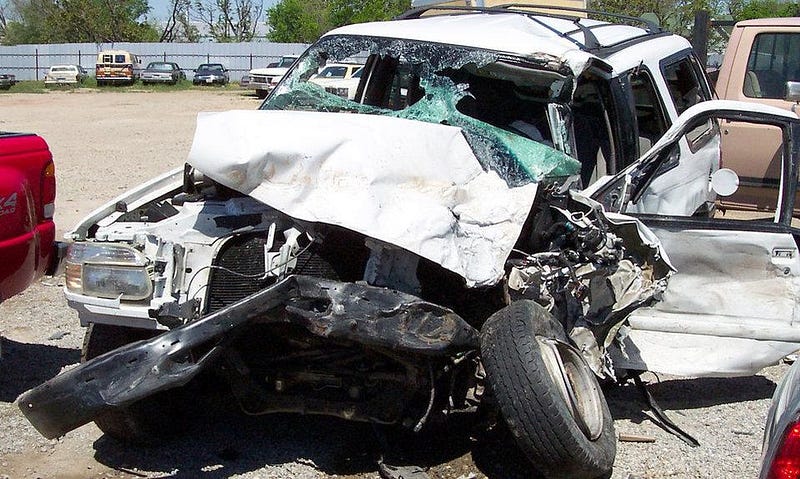
Here’s the thing: he truly was lucky. The car accident was so bad that it compressed the dashboard into the seat where he had previously been seated. If he had been wearing his seat belt, his legs would have been crushed or severed, and he almost certainly would have died. Even though, in the overwhelming majority of cases, seat belts will save lives, he was the rare 0.5% (or so) of people who had a better outcome by not wearing his seat belt.
We had a lot of conversations about wearing a seat belt after that, because he would never wear a seat belt again, even though he knew all about the statistics. I have a lot of sympathy for him, and I realized I didn’t have a lot of ground to stand on to convince him that he needed to wear a seat belt. I have that same sympathy for parents whose kids do — or even appear to — have an adverse reaction to a vaccine.
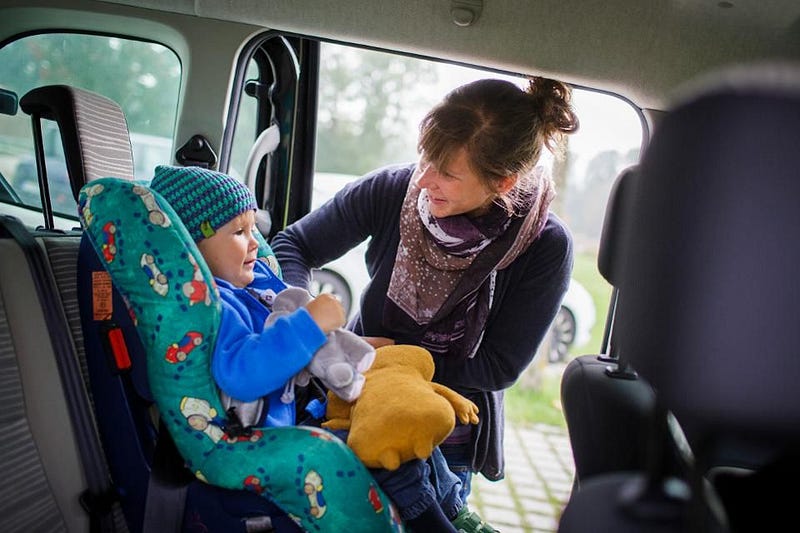
My friend didn’t start an anti-seat belt movement. He didn’t think there should be an opt-out of seat belt requirements, even for people like him, who would have died if they had worn them in a near-fatal accident. (Even though I, personally, thought it was unethical for the law to make him wear one after his experience.) Instead, he encouraged me and everyone else to wear our seat belts, because he recognized that, 199 times out of 200, it would help us live.
And that’s what we should want, not just for ourselves and our own children, but for everyone in society. We want to help them live. We want them to be illness and injury-free. And if we can prevent them from infectious diseases, we want to do it. But it takes all of us.
Everyone who can get vaccinated should get vaccinated: fully and on the CDC’s recommended schedule. If you’re feeling hesitant about vaccines, make sure you receive proper screening for contraindications beforehand. Know the risks. And then, if you have a choice, make the right one. You’ll not only protect your own child, but everyone else in the world, to the best of modern science’s capabilities.
Ethan Siegel is the author of Beyond the Galaxy and Treknology. You can pre-order his third book, currently in development: the Encyclopaedia Cosmologica.





